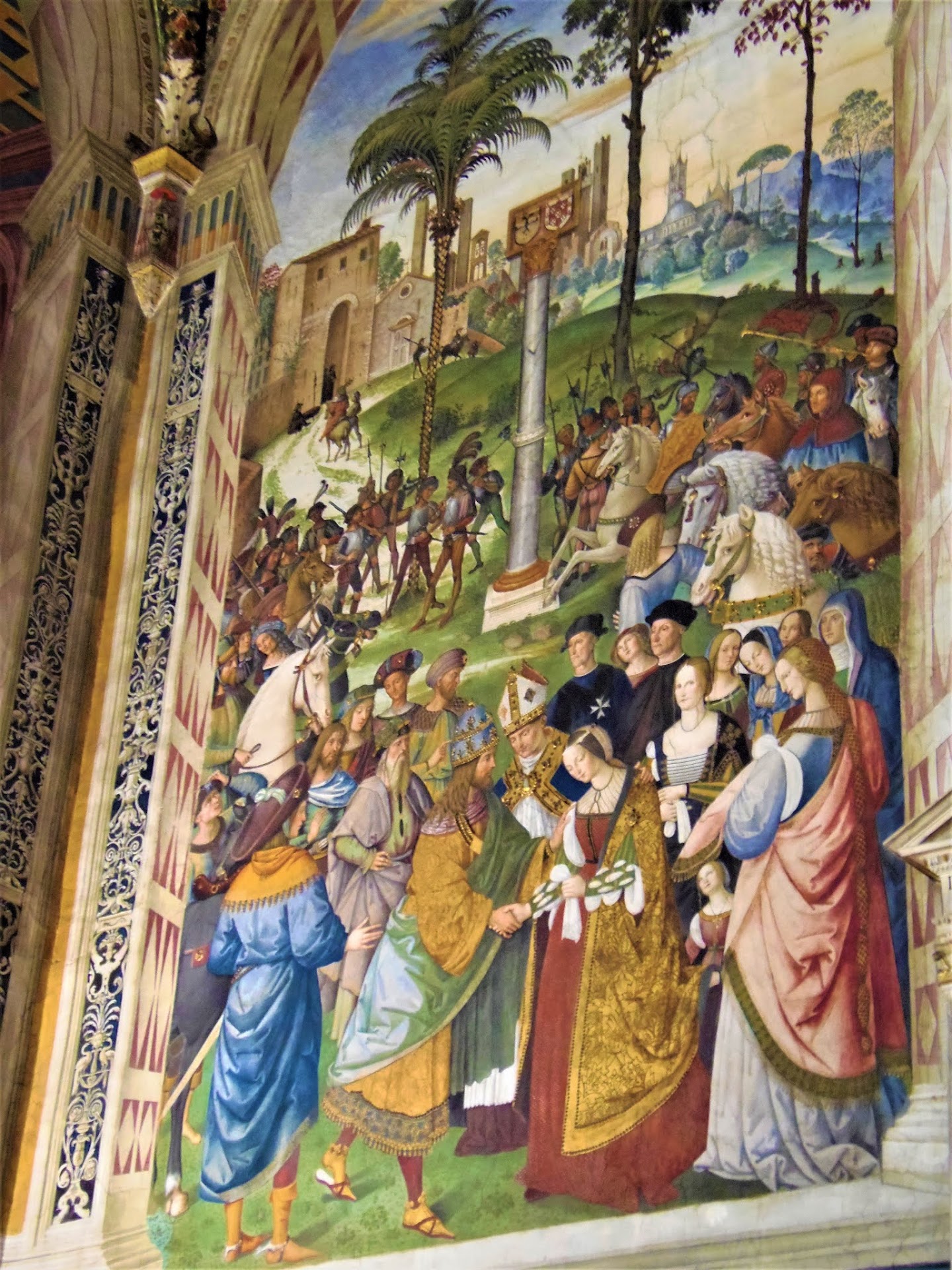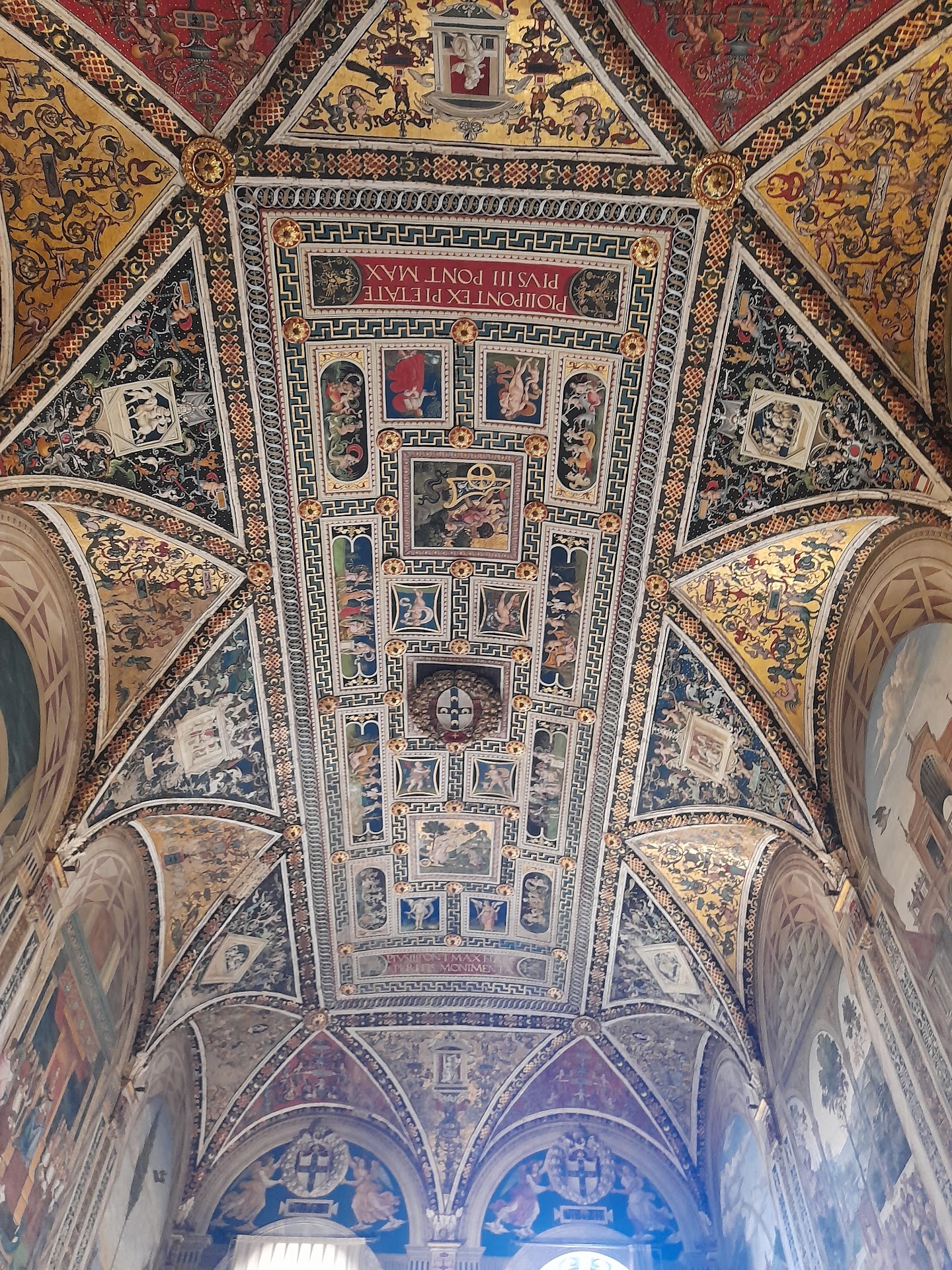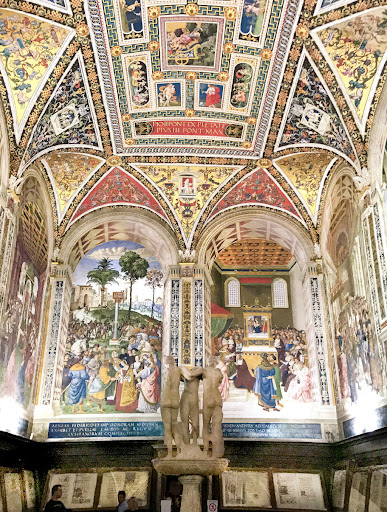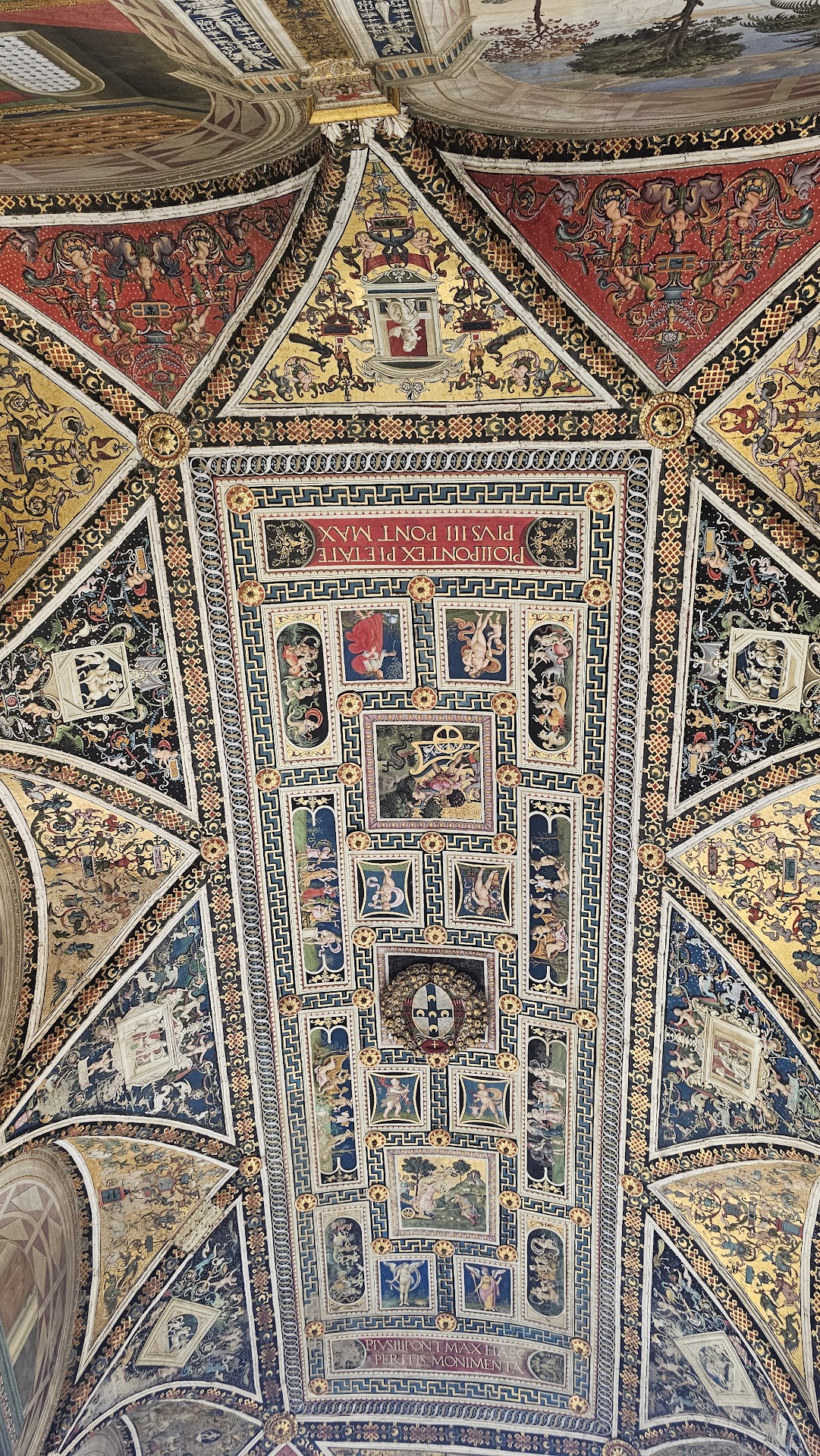Piccolomini Library things to do, attractions, restaurants, events info and trip planning
Basic Info
Piccolomini Library
Piazza del Duomo, 8, 53100 Siena SI, Italy
4.9(144)
Open until 5:30 PM
Save
spot
spot
Ratings & Description
Info
Cultural
Scenic
Family friendly
Accessibility
attractions: Duomo di Siena, Piazza del Campo, Opera della Metropolitana, Santa Maria della Scala, Battistero di San Giovanni Battista, Fontebranda, Facciatone, Basilica Cateriniana San Domenico, Palazzo Pubblico, Museo Archeologico Nazionale, restaurants: Osteria da Divo, Osteria del Gusto, Osteria il Ghibellino, Osteria Permalico, San Desiderio, Archivio del gusto, Ristorante Il Duomo Siena, Il Bargello, Grotta Santa Caterina da Bagoga, La Taverna del Capitano
 Learn more insights from Wanderboat AI.
Learn more insights from Wanderboat AI.Phone
+39 0577 286300
Website
operaduomo.siena.it
Open hoursSee all hours
Thu10:30 AM - 5:30 PMOpen
Plan your stay

Pet-friendly Hotels in Siena
Find a cozy hotel nearby and make it a full experience.

Affordable Hotels in Siena
Find a cozy hotel nearby and make it a full experience.

The Coolest Hotels You Haven't Heard Of (Yet)
Find a cozy hotel nearby and make it a full experience.

Trending Stays Worth the Hype in Siena
Find a cozy hotel nearby and make it a full experience.
Reviews
Nearby attractions of Piccolomini Library
Duomo di Siena
Piazza del Campo
Opera della Metropolitana
Santa Maria della Scala
Battistero di San Giovanni Battista
Fontebranda
Facciatone
Basilica Cateriniana San Domenico
Palazzo Pubblico
Museo Archeologico Nazionale
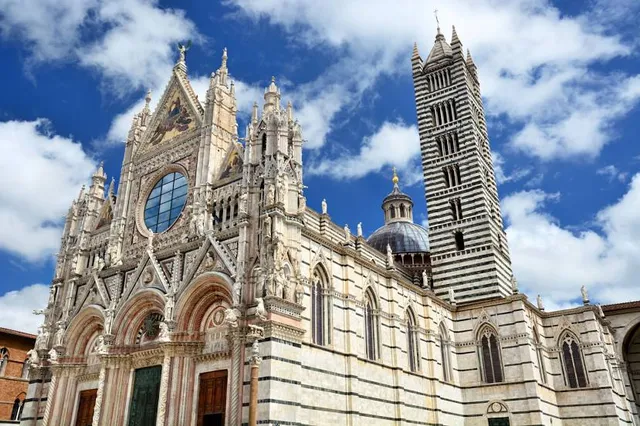
Duomo di Siena
4.8
(11.9K)
Open 24 hours
Click for details
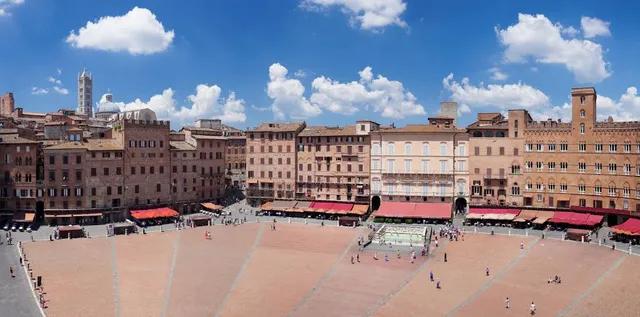
Piazza del Campo
4.8
(26.7K)
Open 24 hours
Click for details
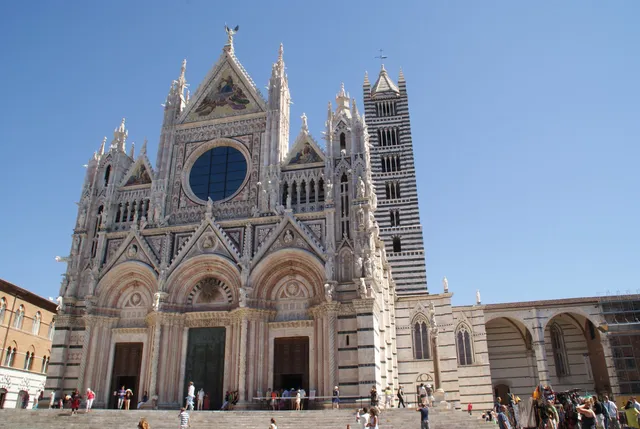
Opera della Metropolitana
4.3
(706)
Open until 5:30 PM
Click for details
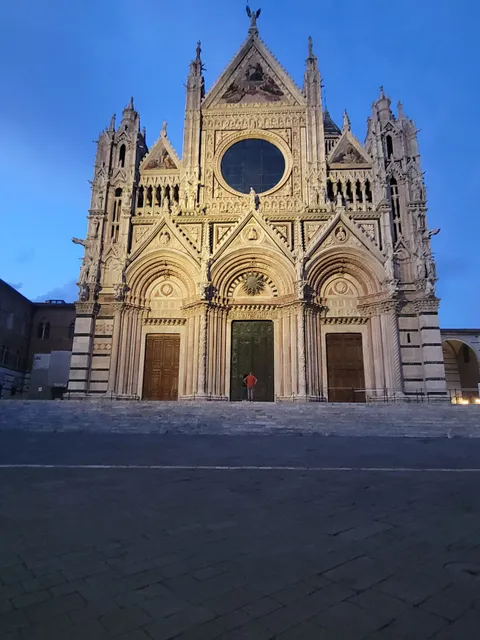
Santa Maria della Scala
4.6
(801)
Open 24 hours
Click for details
Things to do nearby
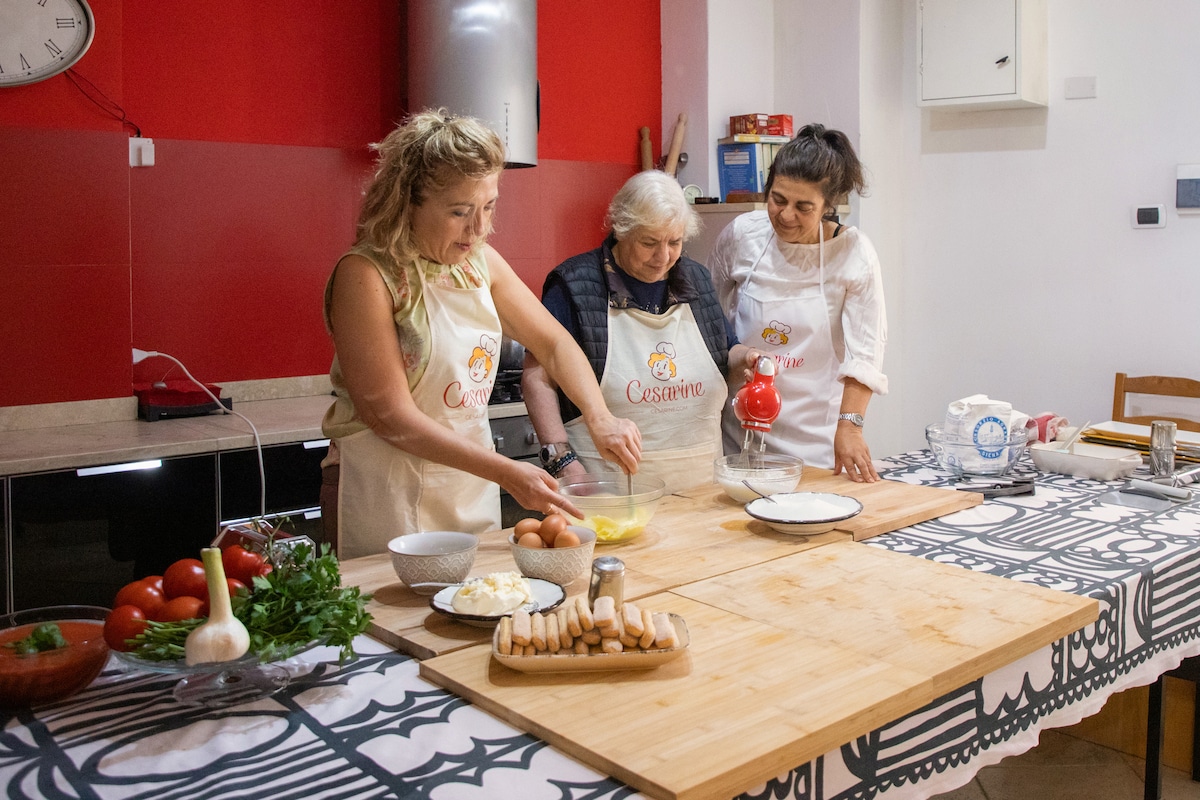
Make pasta and tiramisu in Siena
Thu, Dec 25 • 5:00 PM
53100, Siena, Tuscany, Italy
View details
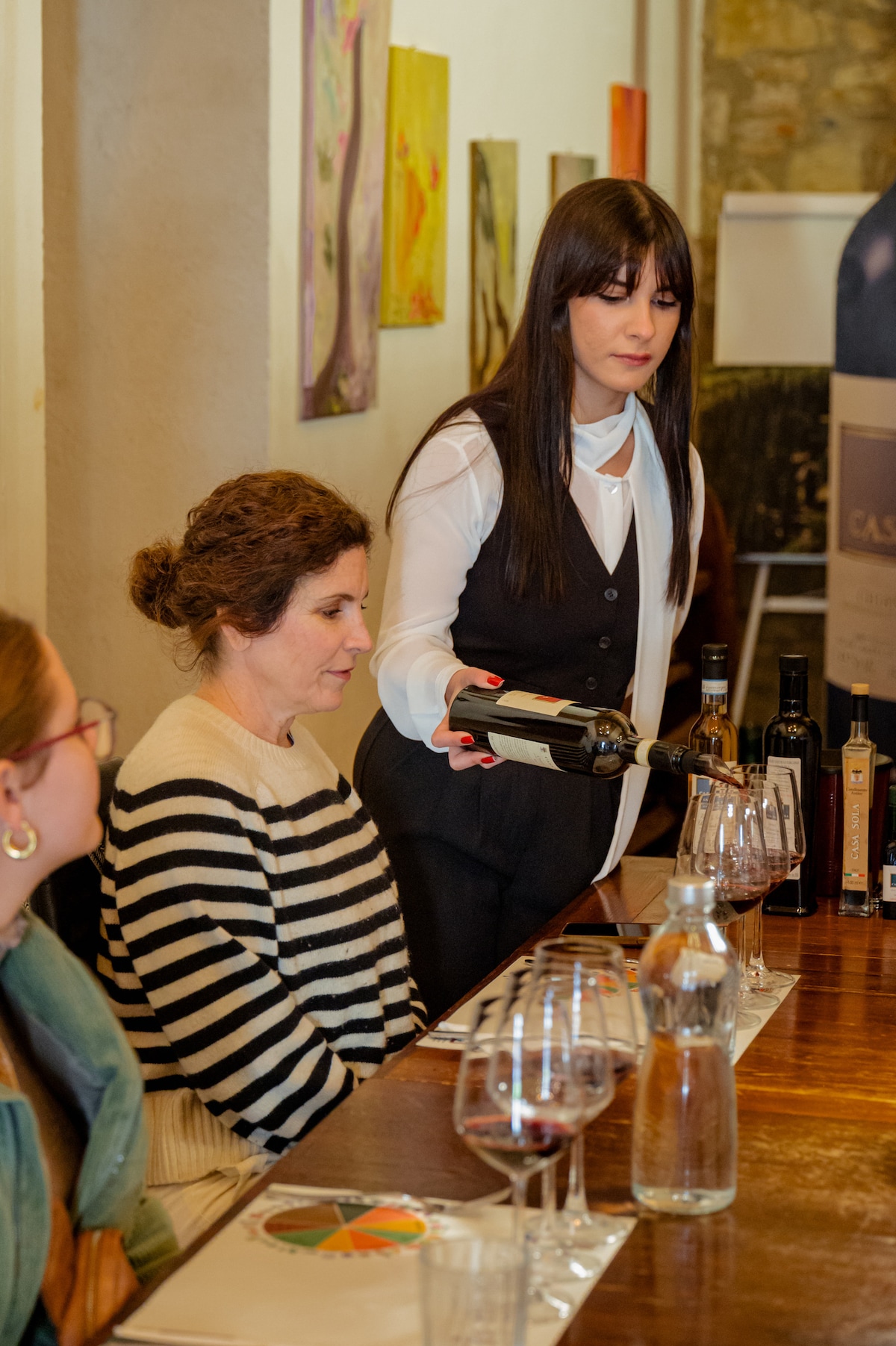
Chianti Vineyard Tour with Tasting & Snack
Mon, Dec 29 • 10:30 AM
50021, Barberino Tavarnelle, Tuscany, Italy
View details
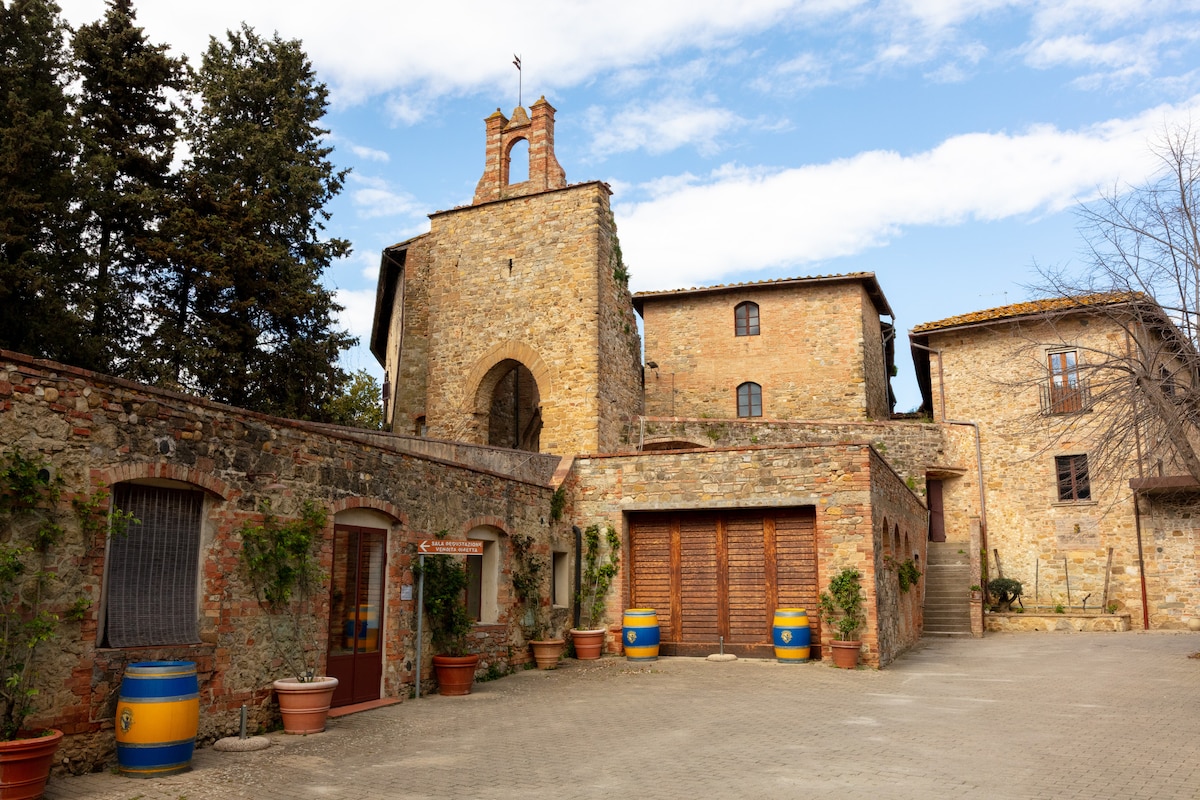
Wine Tasting in Noble Estate in Chianti Hills
Sat, Dec 27 • 12:00 PM
50021, Barberino Val d'Elsa, Tuscany, Italy
View details
Nearby restaurants of Piccolomini Library
Osteria da Divo
Osteria del Gusto
Osteria il Ghibellino
Osteria Permalico
San Desiderio
Archivio del gusto
Ristorante Il Duomo Siena
Il Bargello
Grotta Santa Caterina da Bagoga
La Taverna del Capitano
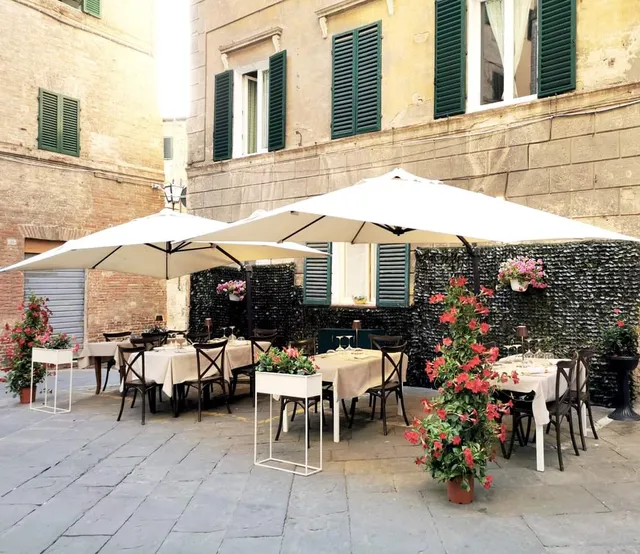
Osteria da Divo
4.4
(882)
$$$
Click for details
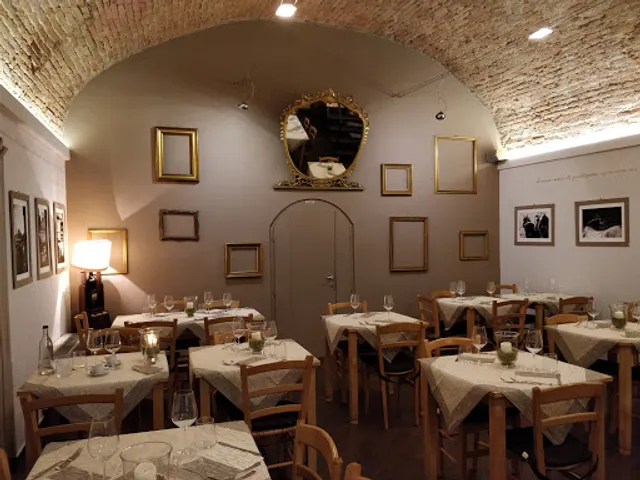
Osteria del Gusto
4.5
(408)
Click for details
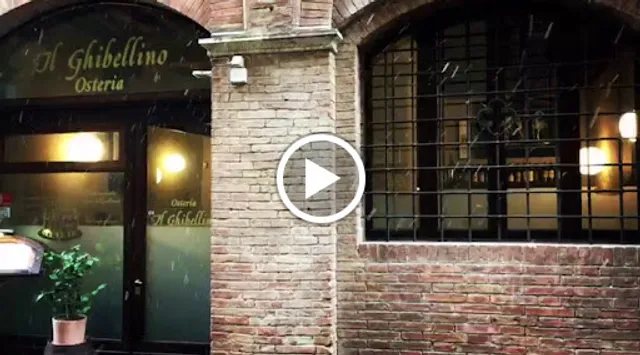
Osteria il Ghibellino
4.4
(585)
$$
Click for details
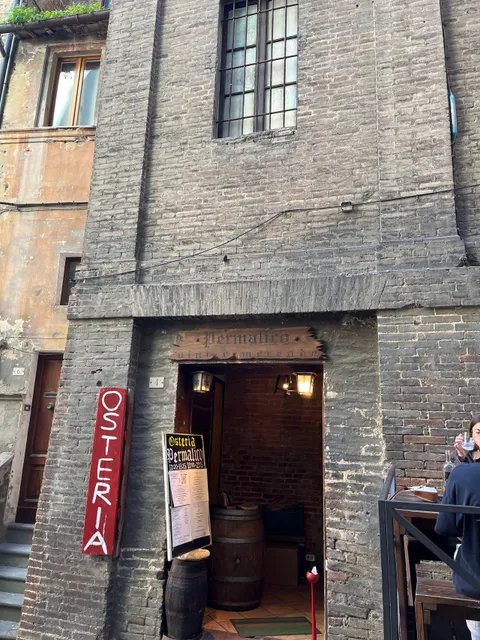
Osteria Permalico
4.5
(1.6K)
Click for details



